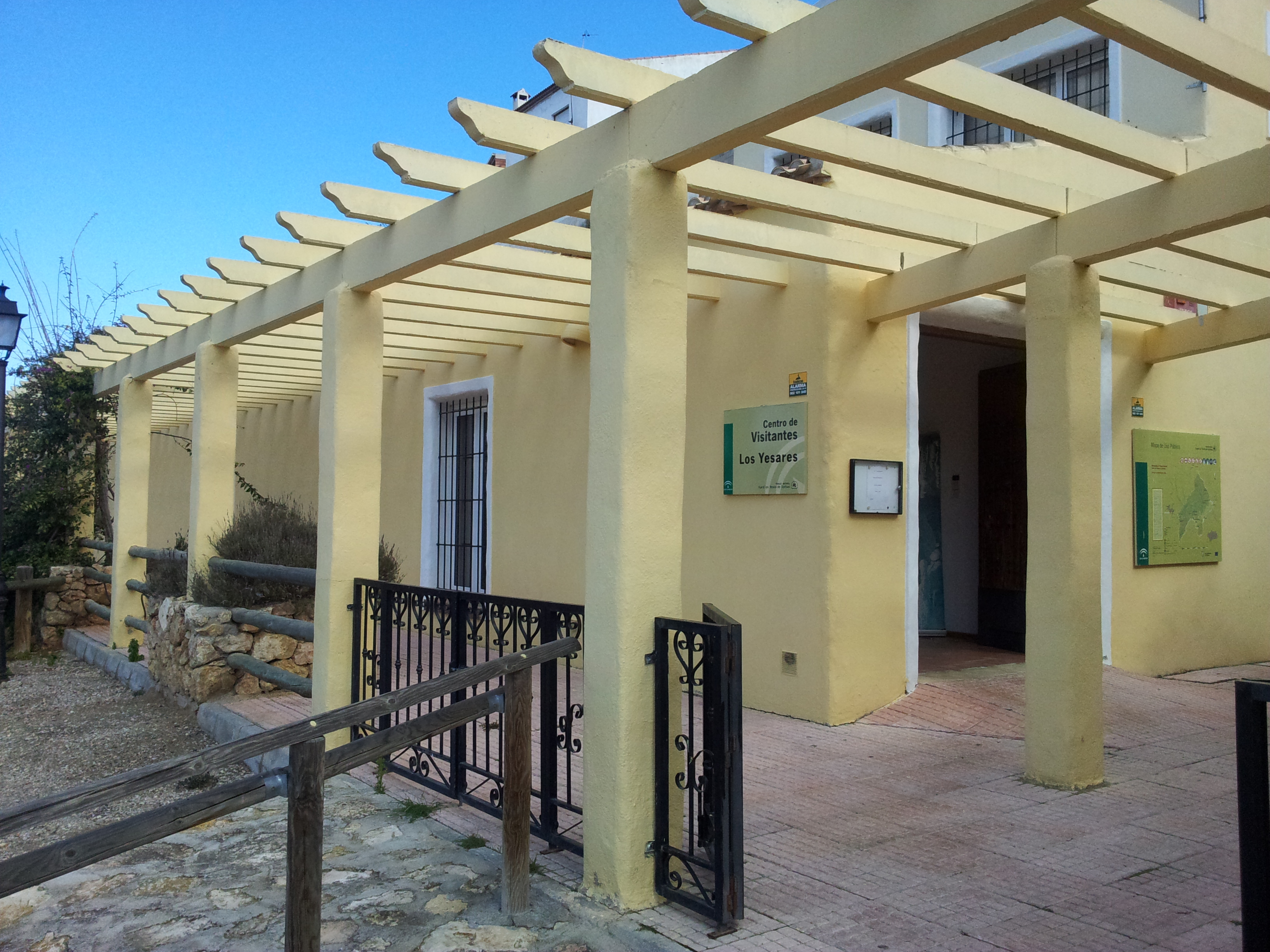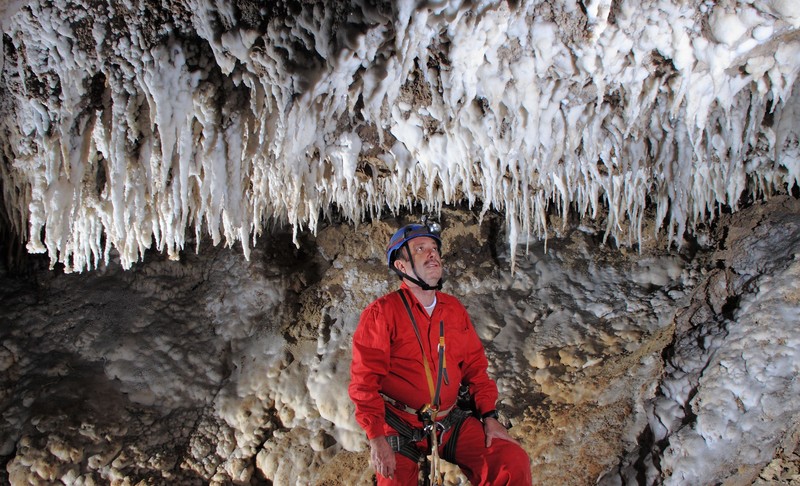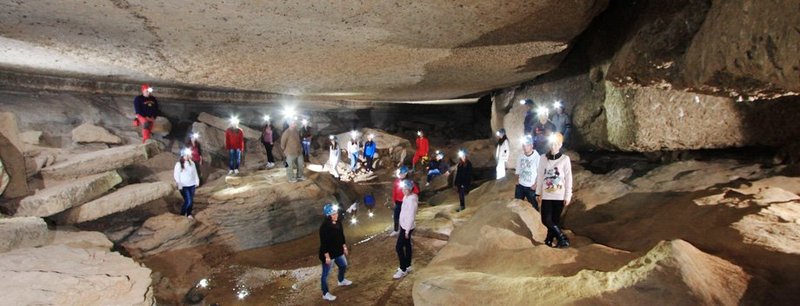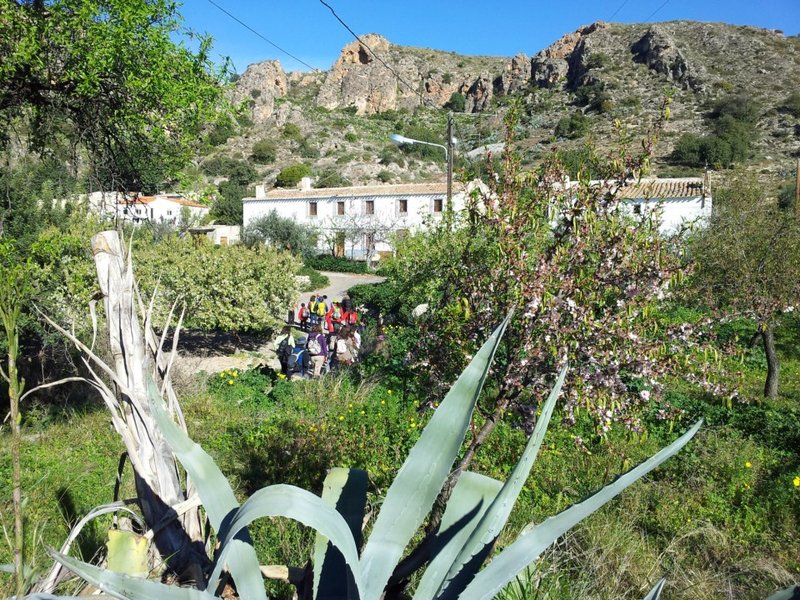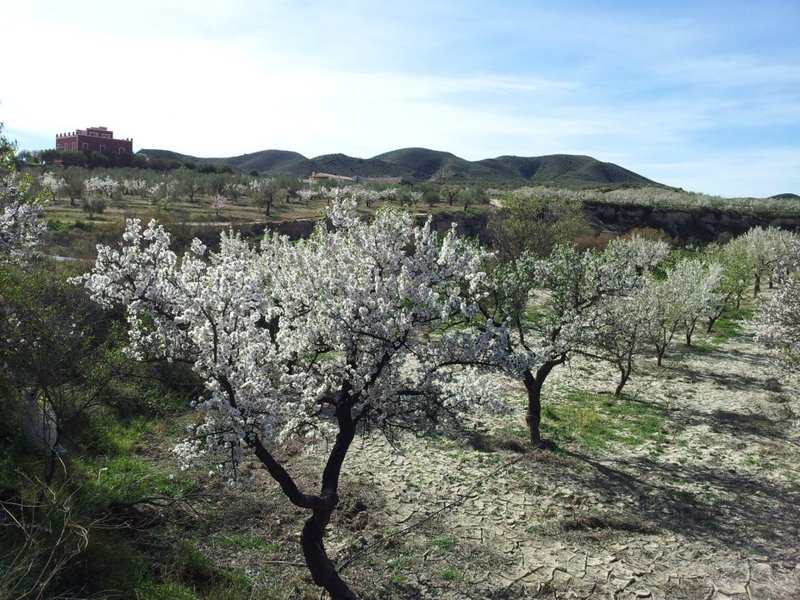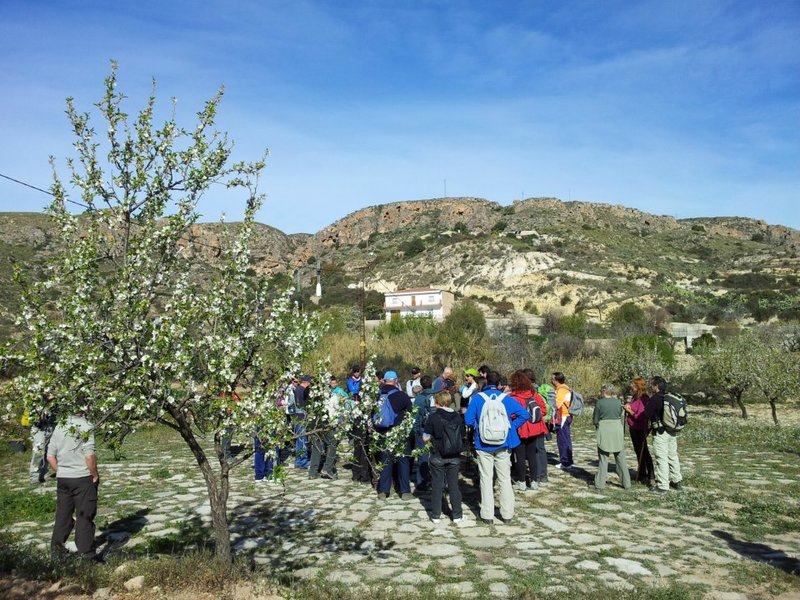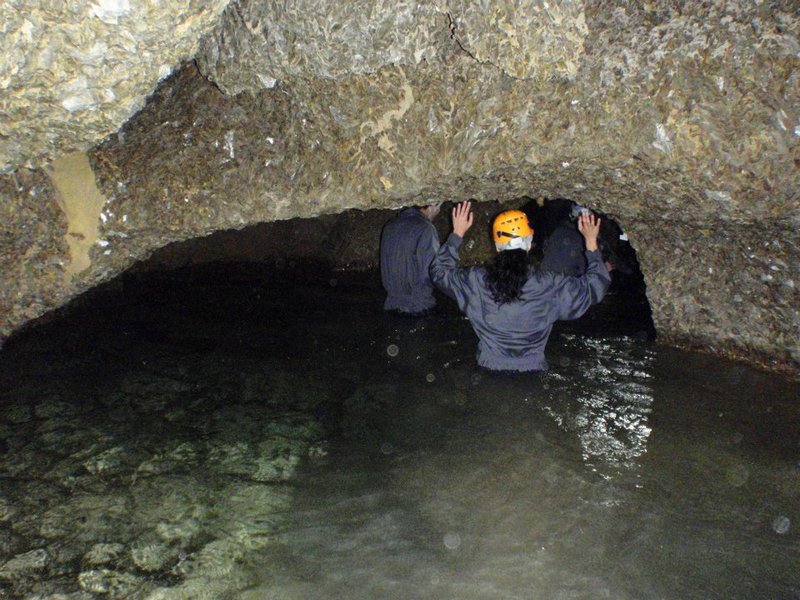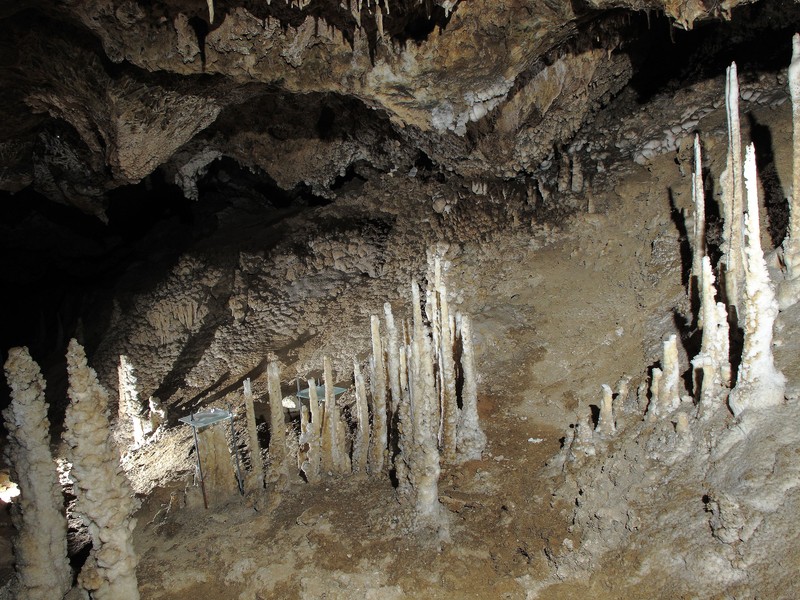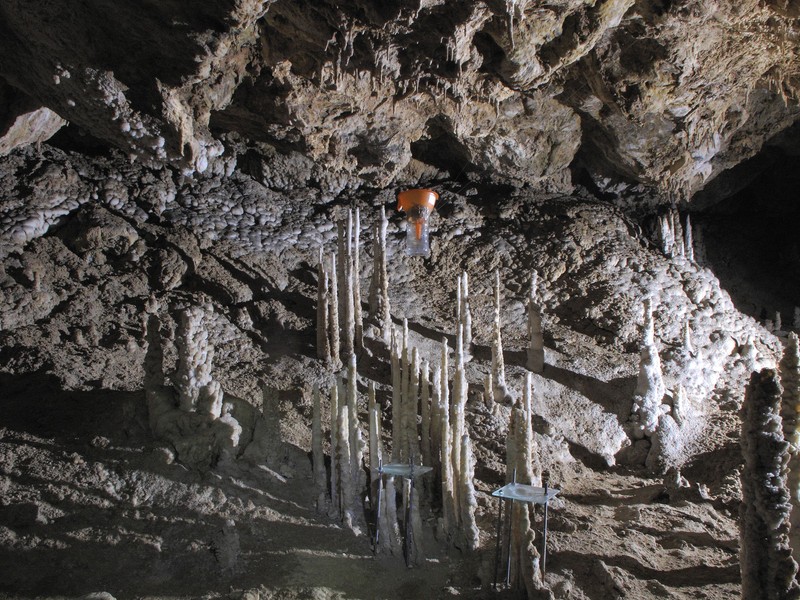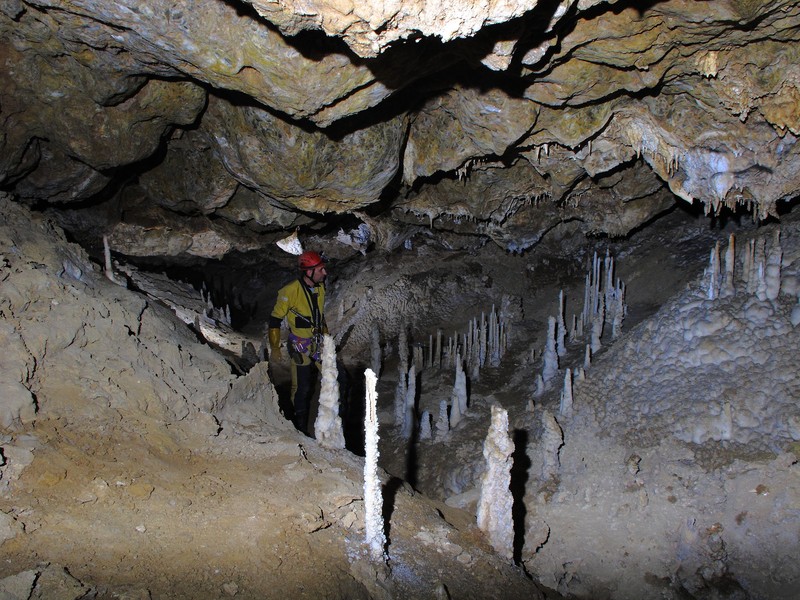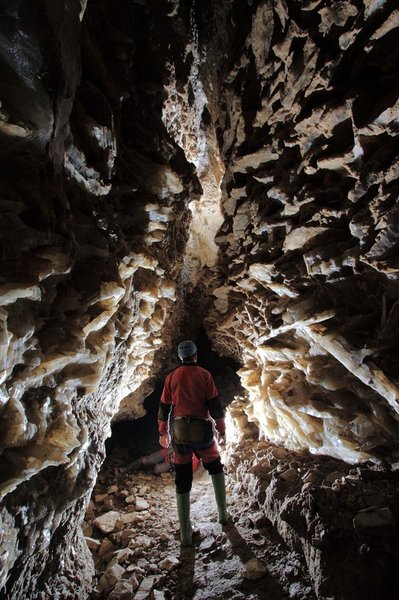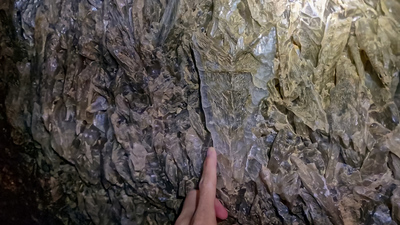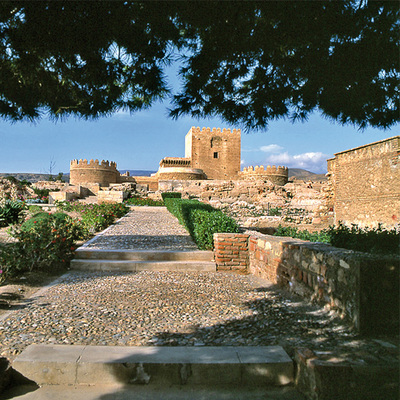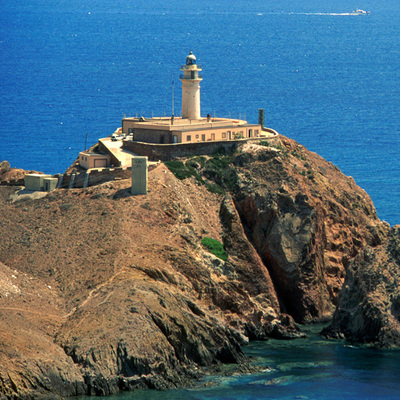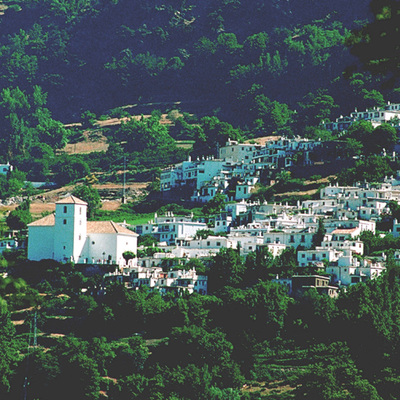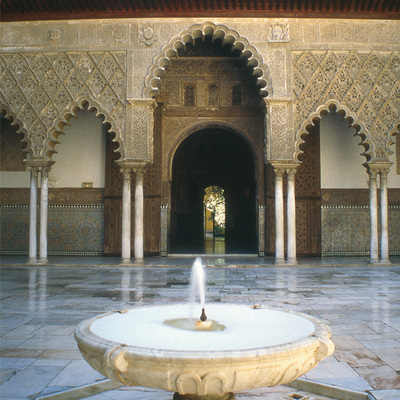Karst en Yesos de Sorbas
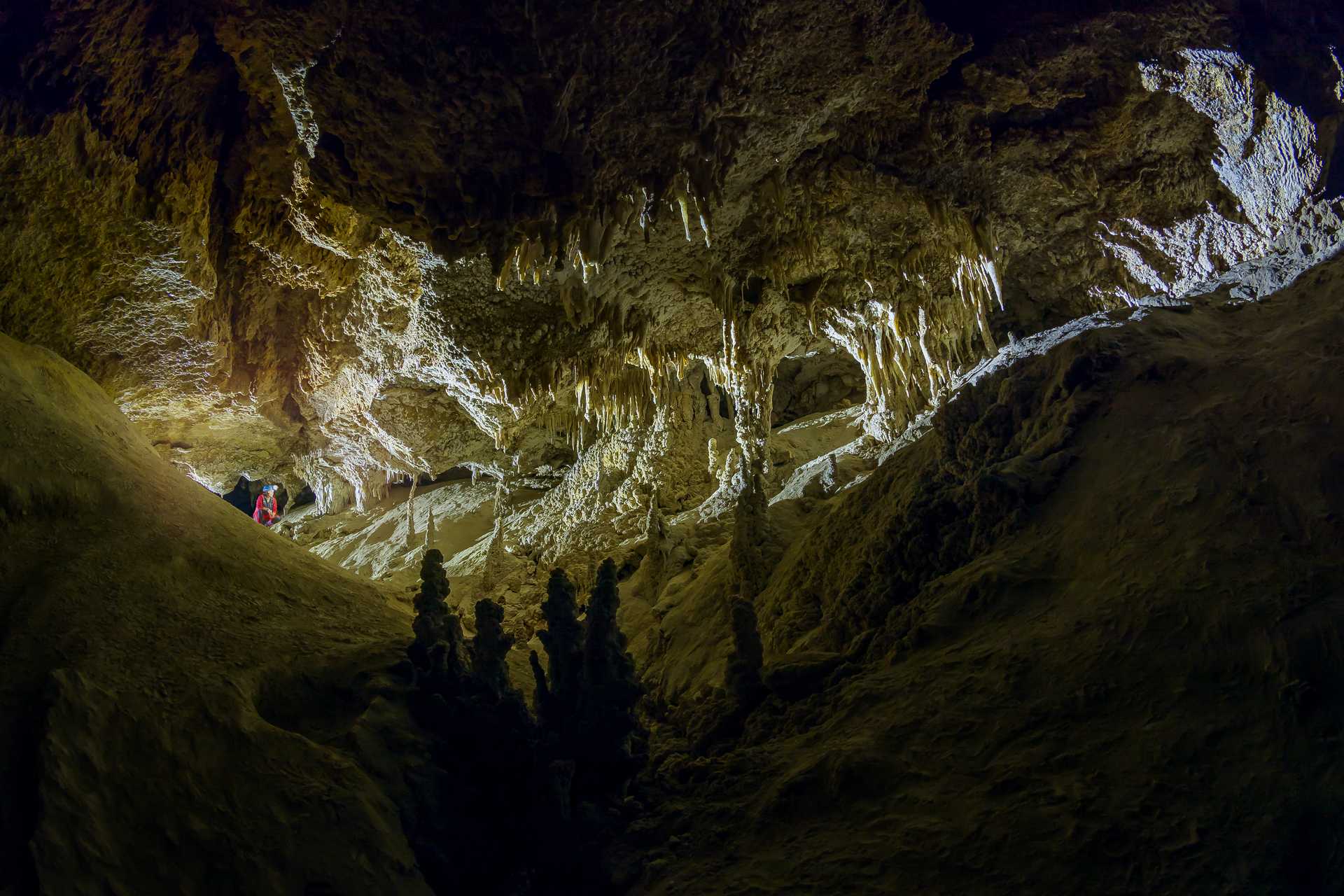
The Gypsum Karst formations in Sorbas are in eastern Andalucía, at the far east of the Tabernas-Sorbas sub-desert corridor, the most arid region in Europe. Hidden in this apparently barren, arid land lies one of the most stunning places in Andalucía. It is an underground world, carved out by the action of water over the ages on a large area of gypsum rock.
There are more than 1,000 caves, most of which are interconnected, and a spectacular, varied array of crystalline formations: stalactites, stalagmites, columns and cave corrals. Their great educational and scientific value, along with their speleological interest, have made them into one of the world¿s most important gypsum karst areas in the world, a real geological treasure.
The geological history of karst landscapes goes back six million years. At that time the Sorbas basin was filled with water from the Mediterranean. In a subsequent period, this sea became ever shallower, subject to high rates of evaporation, causing the precipitation of a section of gypsum more than 100 metres thick. When the sea withdrew definitively, the gypsum and other sediments remained on the surface, exposed to the slow but constant erosive action of rain water, producing this karst landscape of incredible beauty.
Rainwater can slowly dissolve gypsum rock, giving rise to an abundance of closed depressions in the surface. This is where the karst "windows" appear, the sink-holes and caves that connect the arid surface with the complex network of galleries underground. Water penetrates through these windows and continues its erosive, smoothing action, defining Spain's largest subterranean cave system and the world's second largest (yet discovered) in gypsum: the Cueva del Agua system, which is almost 8,500 long.
On the arid surface of the karst, vegetation has had to adapt to the harsh environmental conditions, developing ingenious strategies to obtain and retain water.
The Karst formations act as a huge sponge, collecting and storing all the rainwater, which then comes out through upwelling points, these are the springs. The biggest spring is Los Molinos, which wells up in the Aguas River Canyon.
Plants exclusive and endemic to this area live on the gypsum. They include the Sorbas daffodil (Narcissus torfilius) and the Sorbas spur. The constant presence of water in this arid environment produces an oasis effect, generating a wetland of immense ecological value. Oleander groves, pampas grass, reeds and white poplars create riverine woodland.
Here we find one of the most emblematic species of southeastern Spain: the spur-thighed tortoise. The rocky crevasses and banks so characteristic of this area are also the perfect habitat for the eagle owl and Bonelli's eagle, while gaps in the large blocks of gypsum provide shelter for foxes, badgers, weasels and genets. Riverine woodland serves as refuge for a large colony of water birds: warblers, nightingales, kingfishers, etc.
The water was also used by man, in now-abandoned hydraulic mills, to produce flour and oil from the surrounding cereal crops and olive trees, giving rise to the village and vegetable gardens of Molinos del Río Aguas.

